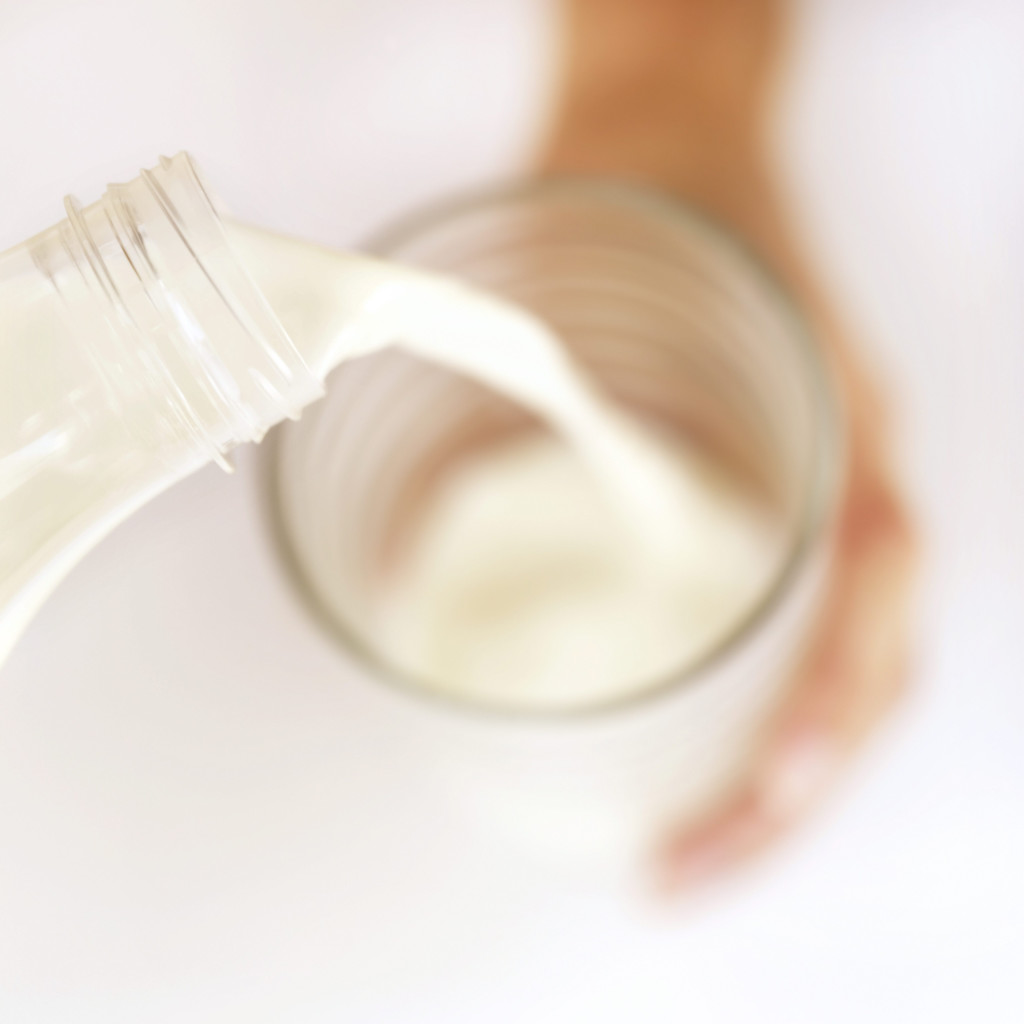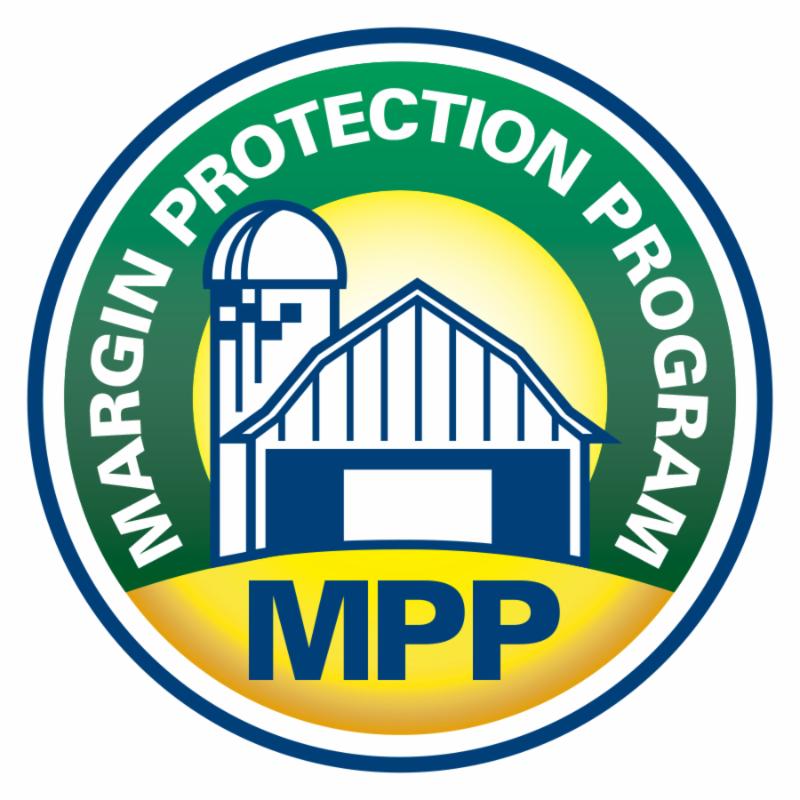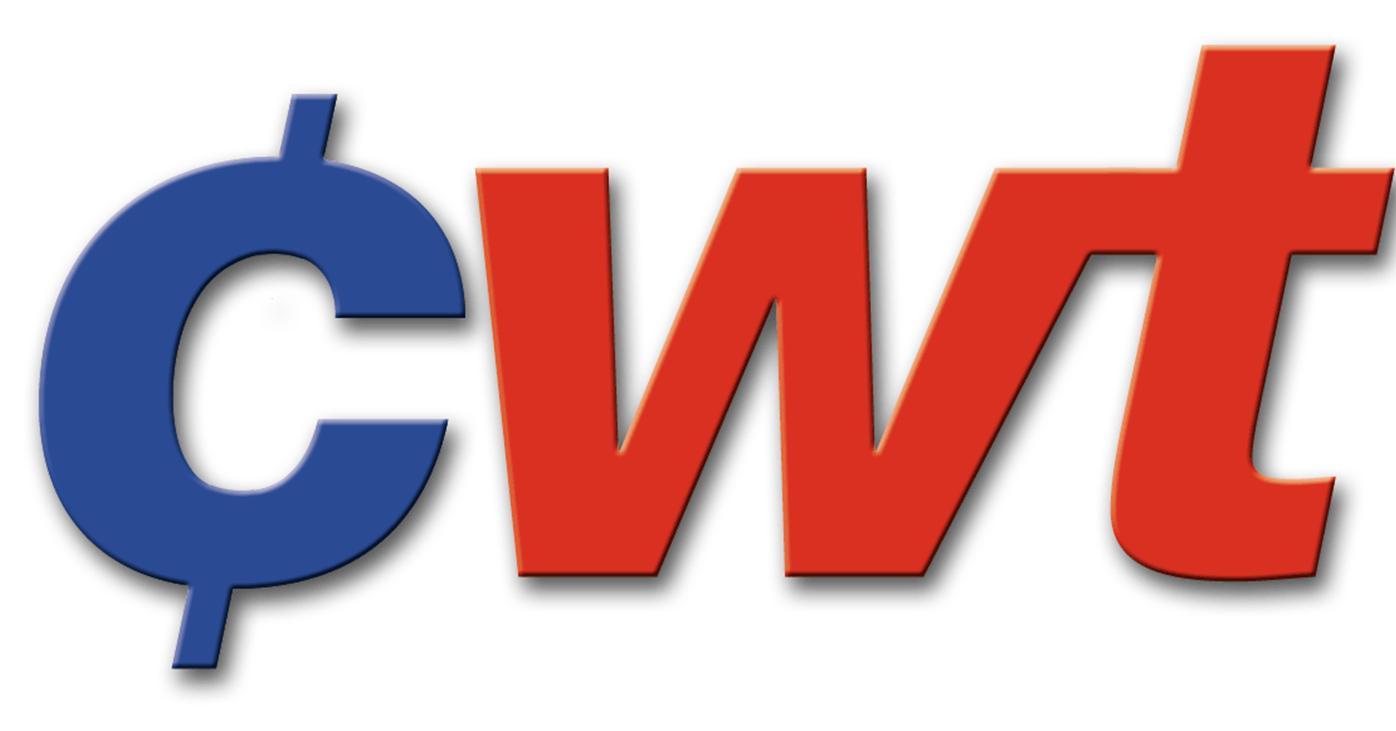In the department of “those who forget history are condemned to repeat it,” we have today the matter of the labeling of foods made with ingredients derived through biotechnology. Many of us in the dairy industry have lived this history during the past 20 years, and we need to avoid repeating it.
The food industry is deeply apprehensive about Vermont’s new food labeling law mandating a disclosure on foods made with genetically modified (GM) ingredients, which will take effect on July 1. Although there are significant exceptions to the law, the product lines that would be regulated fill the shelves of America’s grocery stores. And while there have been extensive efforts to battle it in court, so far the legal system has not ruled definitely on the case. So right now the only avenue is to have Congress step in and preempt Vermont’s labeling law – and other state laws that could surely follow – from taking effect.
Until the advent of bio-engineered foods, the issue of state vs. federal labeling had long been settled. Recognizing our national marketplace and the interstate movement of goods, food labeling has historically been the regulatory purview of the federal government. This is the only logical approach in order to avoid the chaotic mess that would arise from wildly different labeling requirements that could crop up if left to the whims of 50 different states.
Ironically, the current debate over the state regulation of biotech food labeling claims first emerged in the milk business in the mid-1990s, when the FDA’s approval of recombinant bovine somatotropin as a production tool for dairy farmers sparked a huge outcry. In a foreshadowing of today’s debate over GM crop use, back then activists attacked rBST as unnatural, and urged several states to require dramatic label disclosures or even outright bans on the use of the product. It was the first sign of things to come, and even in the days long before social media and the internet, it was noisy, messy and polarizing.
When the federal government completed its scientific review of rBST and approved it for commercial use in 1994, the U.S. Food and Drug Administration stipulated that using rbST didn’t warrant a mandatory label disclosure, since the hormone produced through the use of biotechnology was the same as that produced naturally in the cow. The agency determined there were no health or safety issues with the use of rBST, and therefore no reason to require labeling. While “absence claims” about not using rbST in the milk supply were permitted – and we still see them today across the dairy case – those declarations have to be consistent with the facts and grounded in science.
The dairy case became, in effect, a Cold War battleground over what can and cannot be asserted about how food is produced. After 20 years, we continue to see an uneasy truce in the grocery aisles, but at least it is consistent from coast to coast. Marketers that want “hormone-free milk” can’t describe it as such, because that’s not a factual statement. All milk – from humans, cows and all mammals – contains hormones. They can tout their “farmers’ pledge not to use artificial growth hormones,” but such labeling must be accompanied by another statement that no difference is shown in milk from cows treated with rbST compared to those not using it.
All of this is relevant to the latest battle over food labeling. The activists driving the state-level labeling campaigns and opposing our federal preemption efforts are driven by a desire to stigmatize foods produced through biotechnology. With not a single documented study showing any health or safety issues from the consumption of GM foods – despite millions and millions of servings consumer worldwide over the last 20 years – one would think this issue would be put to rest. But there’s clearly money to be made by conjuring fears in consumer’s mind. And there’s nothing like a scarlet letter on a food label to instill that fear.
Yes, consumers should have access to information about the sources of their food, but singling out GM traits for mandatory on-pack labeling from among many other potential disclosures is capricious. Federal food law focuses on meaningful nutrition and food safety information on the label, not every potential variation in food sourcing.
Agriculture Secretary Tom Vilsack has played the role of peacemaker in trying to broker a compromise approach that will satisfy both sides. To his credit, he realizes that this effort must be settled at the national level.
The House of Representatives has already passed a law allowing voluntary GMO usage disclosures, similar to what we have now in the dairy sector on rbST use. Those products that don’t source from GMO supplies can assert that fact on their labels, with a greater manner of consistency than what is already happening now.
Meanwhile, the Senate has recently begun work on a similar piece of legislation, as the clock ticks towards July 1st. The Senate Agriculture Committee, chaired by Sen. Pat Roberts of Kansas, has just approved a simpler version of the House bill that basically preempts state laws like Vermont’s, and allows the USDA to establish a national labeling framework.
Given the limited amount of time for Congress to work on this or any other issue in 2016, the window of opportunity to get something done on Capitol Hill is narrow. But the alternative to federal labeling regulation is a mess of confusing state requirements that shed much more heat than light. As political as food production has become across America, we need lawmakers to set a national policy based on science and evidenced-based food safety, not activist-driven agendas.
Two decades’ worth of history in the dairy business have taught us a lesson, if only Washington is listening.

 ARLINGTON, VA – The National Milk Producers Federation Board of Directors yesterday approved changes to the National Dairy FARM (Farmers Assuring Responsible Management) Program to strengthen the effectiveness and credibility of its animal care standards.
ARLINGTON, VA – The National Milk Producers Federation Board of Directors yesterday approved changes to the National Dairy FARM (Farmers Assuring Responsible Management) Program to strengthen the effectiveness and credibility of its animal care standards.
 ARLINGTON, VA – The National Milk Producers Federation voted Tuesday to support the Trans-Pacific Partnership (TPP) agreement, an historic pact between 12 countries containing features that will help America’s dairy farmers in the future. The organization is now urging Congress to pass the agreement this year, even as it also registered concerns with another major trade pact being negotiated with Europe.
ARLINGTON, VA – The National Milk Producers Federation voted Tuesday to support the Trans-Pacific Partnership (TPP) agreement, an historic pact between 12 countries containing features that will help America’s dairy farmers in the future. The organization is now urging Congress to pass the agreement this year, even as it also registered concerns with another major trade pact being negotiated with Europe.
 NMPF continued its ongoing efforts to promote food safety by asking state lawmakers in February to reject bills that would liberalize the sale of raw milk products, citing the increased risk of foodborne illness outbreaks in states that permit broader sales of the unpasteurized products.
NMPF continued its ongoing efforts to promote food safety by asking state lawmakers in February to reject bills that would liberalize the sale of raw milk products, citing the increased risk of foodborne illness outbreaks in states that permit broader sales of the unpasteurized products. More than 23,000 dairy operations representing 162.3 billion pounds of milk enrolled in MPP for the 2016 coverage year, according to
More than 23,000 dairy operations representing 162.3 billion pounds of milk enrolled in MPP for the 2016 coverage year, according to  Cooperatives Working Together members received 31 contracts in February to sell 3.95 million pounds of cheese, 2.54 million pounds of butter, and 5.59 million pounds of whole milk powder to customers in Asia, Central America, the Middle East, Oceania, and South America. The product will be shipped from February through August 2016.
Cooperatives Working Together members received 31 contracts in February to sell 3.95 million pounds of cheese, 2.54 million pounds of butter, and 5.59 million pounds of whole milk powder to customers in Asia, Central America, the Middle East, Oceania, and South America. The product will be shipped from February through August 2016. The effort to establish federal standards for the labeling of genetically modified (GMO) foods made progress on March 1 when the Senate Agriculture Committee approved a bill creating a uniform national food labeling standard.
The effort to establish federal standards for the labeling of genetically modified (GMO) foods made progress on March 1 when the Senate Agriculture Committee approved a bill creating a uniform national food labeling standard. 



